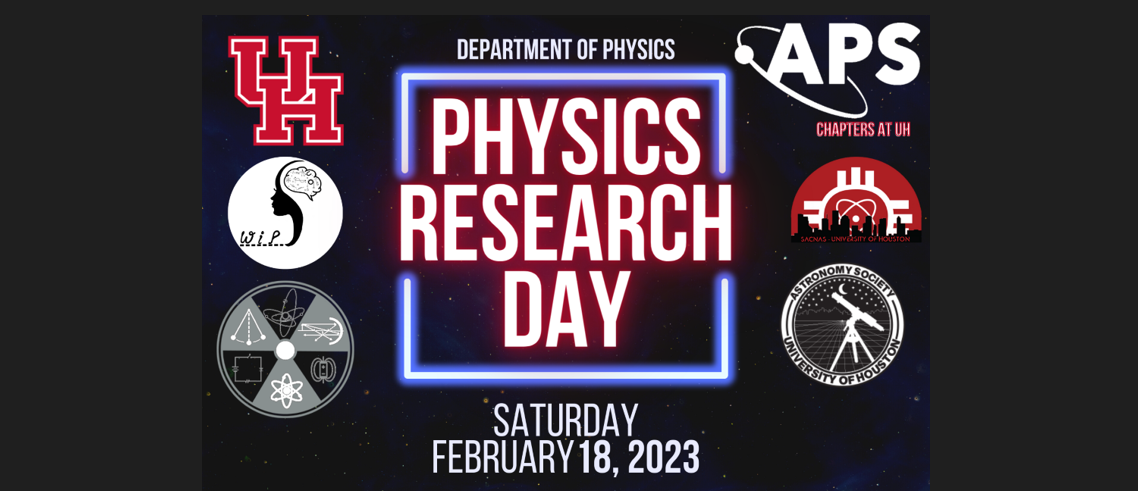Speaker
Description
The world is seeking for the appropriate and efficient mixing technologies due to current approaches exhibit poor mixing performances and it requires a long operation time in mixing. In this project, our goal is to introduce a disruptive mixing technology that is rapid and cost-effective than current available mixing technologies.
Our proposed naval mixing method is mainly based on photo-acoustic streaming phenomenon. Optical fluid control can be advantageous over conventional mechanical methods because it offers a contact-free. But Unfortunately, most methods that utilize optical effects, cannot provide strong enough liquid driving forces. The photoacoustic laser streaming resulting from metal implanted materials, or MIMs, overcomes this limitation, providing streaming velocities of over 10 mm per second. MIMs consist of substrates, generally quartz or glass, with metal nanoparticles implanted beneath the surface. These nanoparticles are formed by treating the surface of the substrate with an ion beam from a particle accelerator. When a pulsed laser hits the implanted surface of the MIM, the laser’s energy is absorbed by the metal nanoparticles that in turn generate an ultrasound wave, driving the fluid via acoustic streaming. Because laser beams can be arbitrarily patterned and timed, the fluid can be controlled by laser in a fashion similar to musical water fountains. We will explore performance in smaller volumes, where we expect performance to improve mixing solutions while reaction volume decrease.
| Academic year | 3rd year |
|---|---|
| Research Advisor | Prof wei-kan chu |
